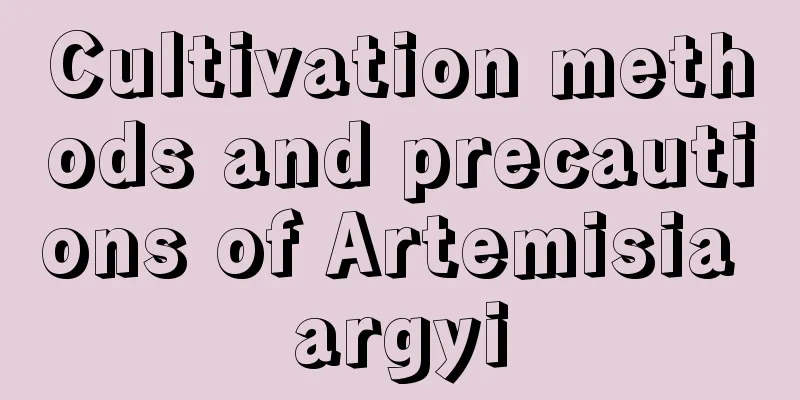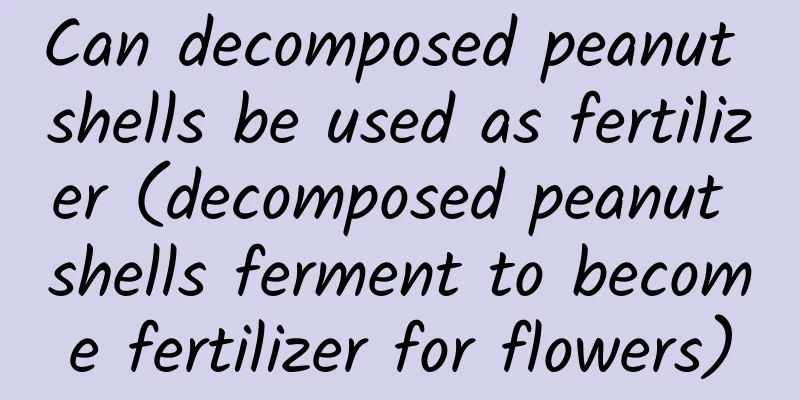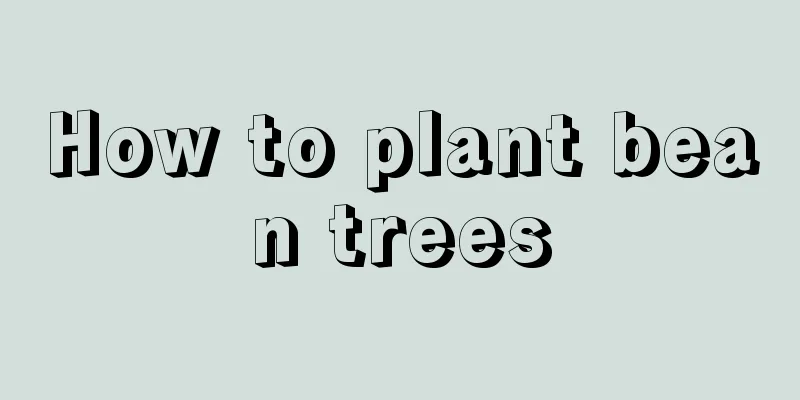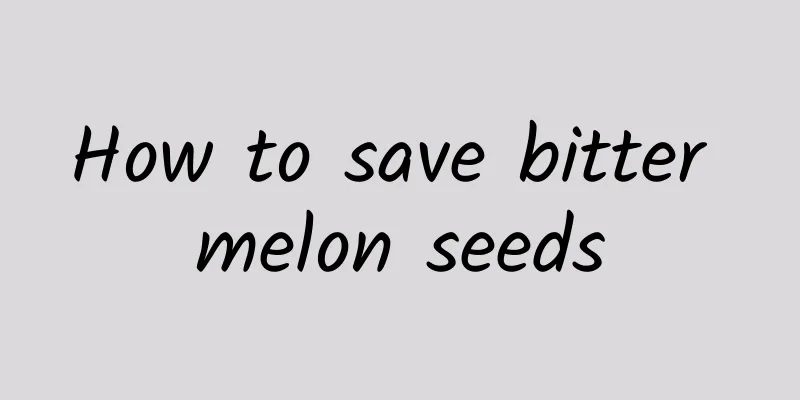Cultivation methods and precautions of Artemisia argyi

1. Maintenance methods1. Temperature: It is relatively drought-resistant, but when the maintenance temperature is higher than fifteen degrees, the growth state of the plant is obviously much better than that of the plant grown in a low temperature environment. When the temperature is lower than ten degrees, the growth of the plant will be affected. When the temperature is lower than zero degrees, the plant will be frostbitten. In severe cases, it will be frozen to death. 2. Watering: Areas with annual rainfall as low as 1500 ml need to be watered. The frequency of watering is once a week, and each time watering should be done until the water flows out. If the plant grows in a dry place for a long time, it is prone to developmental problems. 3. Fertilization: It is relatively resistant to barrenness and does not consume that much nutrients, but it is still necessary to supplement nutrients during the growing period to promote growth and increase yield. During the seedling stage, compound fertilizer needs to be used once to promote all aspects of plant growth. During the growth period, thin fertilizer needs to be applied once a month to supplement nutrition and enhance resistance. 4. Light: Its growth cannot be separated from light, and it has a relatively large demand for light. The daily light exposure time is at least five hours. 2. Breeding techniques1. Reproduction: Seed propagation can be used to propagate it. The sowing time is between February and March every year. Dig trenches on the soil to be planted, mix the seeds with fine sand in a ratio of 1:2, then sprinkle them into the trenches, cover with a thin layer of soil, and water them sufficiently. The seeds will germinate in about a week to ten days. 2. Intertillage: After successful transplanting, intertillage is required. During intertillage, the soil should be loosened to avoid soil compaction, which will affect plant respiration and hinder growth. 3. Problem Diagnosis1. Pests: The main pests are cutworms, aphids and other pests, which will harm the leaves of the plants. You can use DDT and malathion emulsion for spraying and treatment. 2. Disease: The main disease of the plant is root rot, which will cause the root system of the plant to rot, causing the plant to wither and die. Normally, you need to manage its water well to avoid waterlogging in the soil. When the disease occurs, you can use Benomyl to irrigate the roots. IV. Other issues1. Edibility: It cannot be used, but can be used as medicine. 2. Other uses: In addition to being used as medicine, it can also be processed into feed for herbivorous livestock. |
<<: The cultivation methods and precautions of Smilax china
>>: Cultivation methods and precautions of white sedge
Recommend
Fertilization method of nail orchid
Fertilizer Farmyard manure Human feces, animal fe...
How many pounds of bitter melon can be produced per mu?
Bitter melon yield per mu Bitter melon is a high-...
How to plant jujube kernels in pots
Date kernels can be planted, but you must choose ...
Blackberry growing conditions and climate requirements for growing areas
Blackberry Growing Conditions Blackberry has a wi...
Cultivation methods of Anthurium
1. Lighting Anthurium needs reasonable light expo...
How to water the Dracaena? Do these four things!
Growth habit: It likes relatively sufficient ligh...
What kind of plant is Victoria regia? Is it an aquatic plant?
1. What kind of plant is Jade Lotus? This type of...
How many years does it take for Kyoho grapes to bear fruit?
Introduction to Kyoho Grape Planting When growing...
Are there any particular requirements for growing lucky bamboo?
1. Is there any particularity? There are some thi...
How to grow Begonia
1. Breeding conditions 1. Soil: It needs to be re...
What are the cultivation methods and precautions of Golden Edge Orchid?
Characteristics of Phnom Penh Orchid Gold Orchid ...
Celery Planting Time and Method
Root celery is one of the special vegetable varie...
What is the best month to plant peony?
When to plant peony Peonies are suitable for plan...
Is Clivia acidic or alkaline? Cultivation methods and precautions in winter
1. Acidic or alkaline Clivia prefers slightly aci...
How much water should be poured on the peace tree for the first time?
1. First watering The peace lily is a plant that ...









